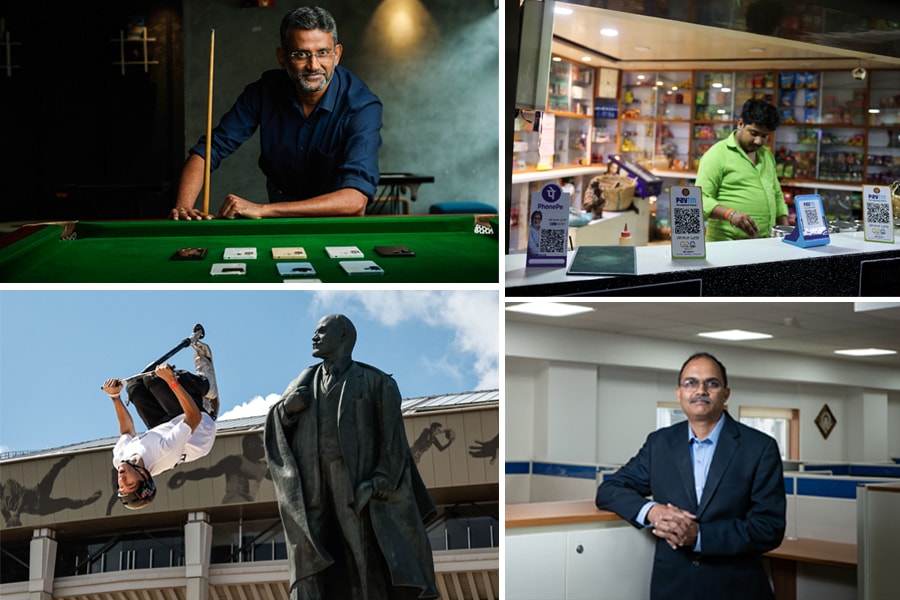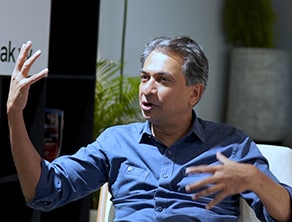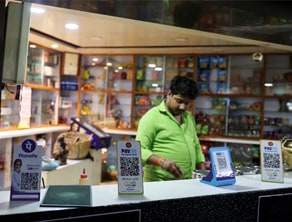
From Xiaomi's new playbook to life in Russia despite the war: Our top stories of the week
Read more about how Kanwaljit Singh of Fireside Ventures became the D2C kingmaker, deep tech's future in India, how small towns are key to unlocking digital payment's future
 Clockwise: Muralikrishnan B, president Xiaomi India; QR codes of digital payment, Prashant Jain, Founder, 3P Investment Managers Pvt Ltd; a rider performs a scooter flip in Russia
Clockwise: Muralikrishnan B, president Xiaomi India; QR codes of digital payment, Prashant Jain, Founder, 3P Investment Managers Pvt Ltd; a rider performs a scooter flip in Russia
1) Changing the playbook

A decade ago, whenever Xiaomi launched its smartphones or devices from Redmi, they were picked up by consumers in a matter of seconds. The company understood the power of ecommerce in 2014 when every other brand was still playing the offline game. “The first four-five years were like Midas touch for us,” recalls Muralikrishnan B, who joined the Chinese brand as the chief operating officer in 2018 and four years later was elevated to president in July 2022. At one point, the Chinese phone maker had cornered a 31 percent market share because of its strong roster of budget phones for the masses. But every fairy tale reaches a low point. In the first quarter of 2024, Xiaomi registered only a 19 percent market share. This budget warrior wants to get the top spot once again. It is changing its entire playbook for it. Here's how.
2) Temper your expectations
 Prashant Jain has extensive experience in how markets work as a former chief investment officer of HDFC AMC. So when experts like these speak, one must listen. He believes that equity returns of the past three to four years must not be extrapolated, and expectations of future returns must be modest and realistic as there isn’t room for market multiples to move up substantially. The CIO and fund manager at 3P Investment Managers sounds caution when watching the exceedingly great performance of the market. This might be a good option just to hedge the performances in the short term, but investors are better off avoiding it for the long term because they always end up eroding value. Read and gather some wisdom from the words of Don Bradman of the Indian mutual fund industry.
Prashant Jain has extensive experience in how markets work as a former chief investment officer of HDFC AMC. So when experts like these speak, one must listen. He believes that equity returns of the past three to four years must not be extrapolated, and expectations of future returns must be modest and realistic as there isn’t room for market multiples to move up substantially. The CIO and fund manager at 3P Investment Managers sounds caution when watching the exceedingly great performance of the market. This might be a good option just to hedge the performances in the short term, but investors are better off avoiding it for the long term because they always end up eroding value. Read and gather some wisdom from the words of Don Bradman of the Indian mutual fund industry.



















